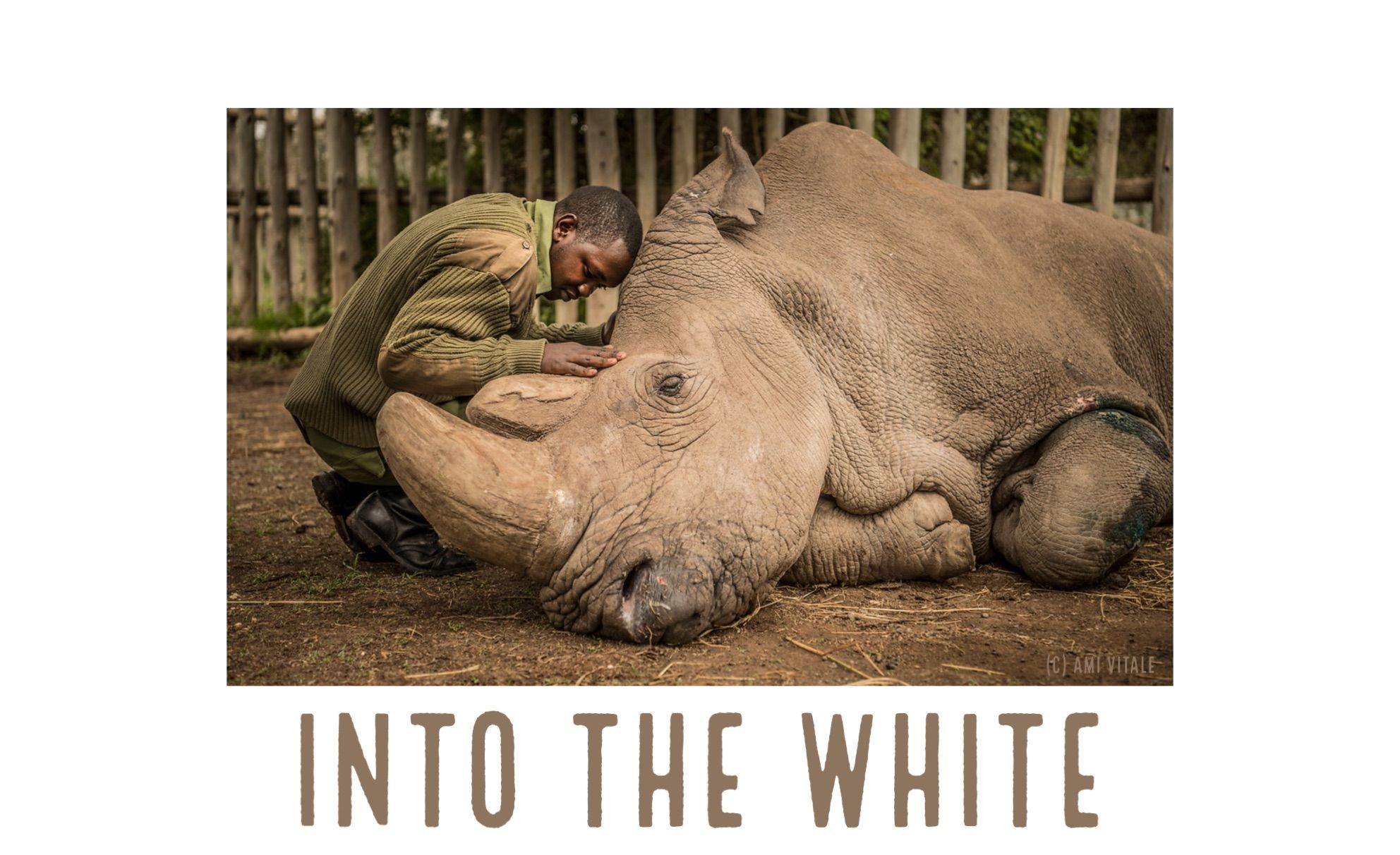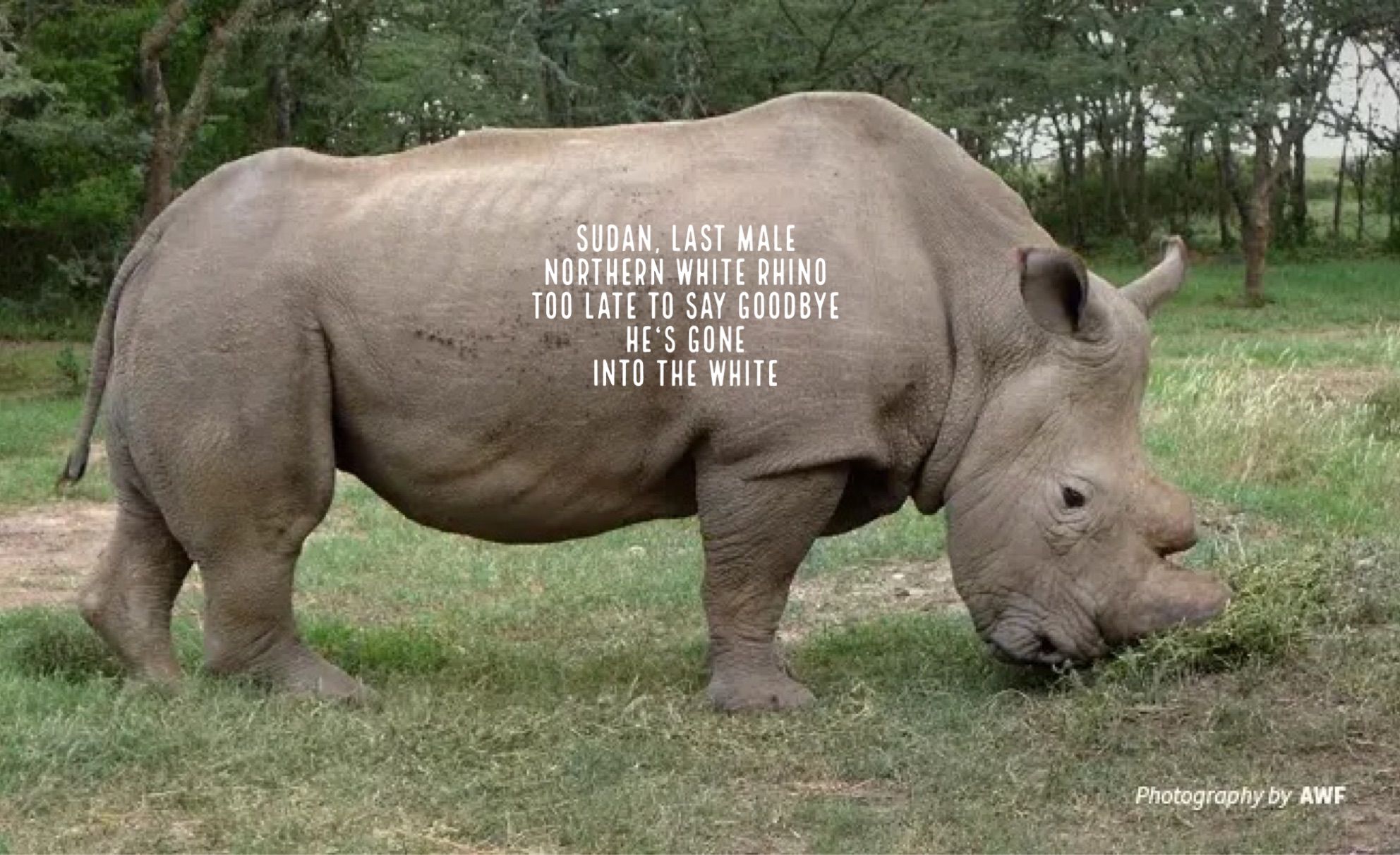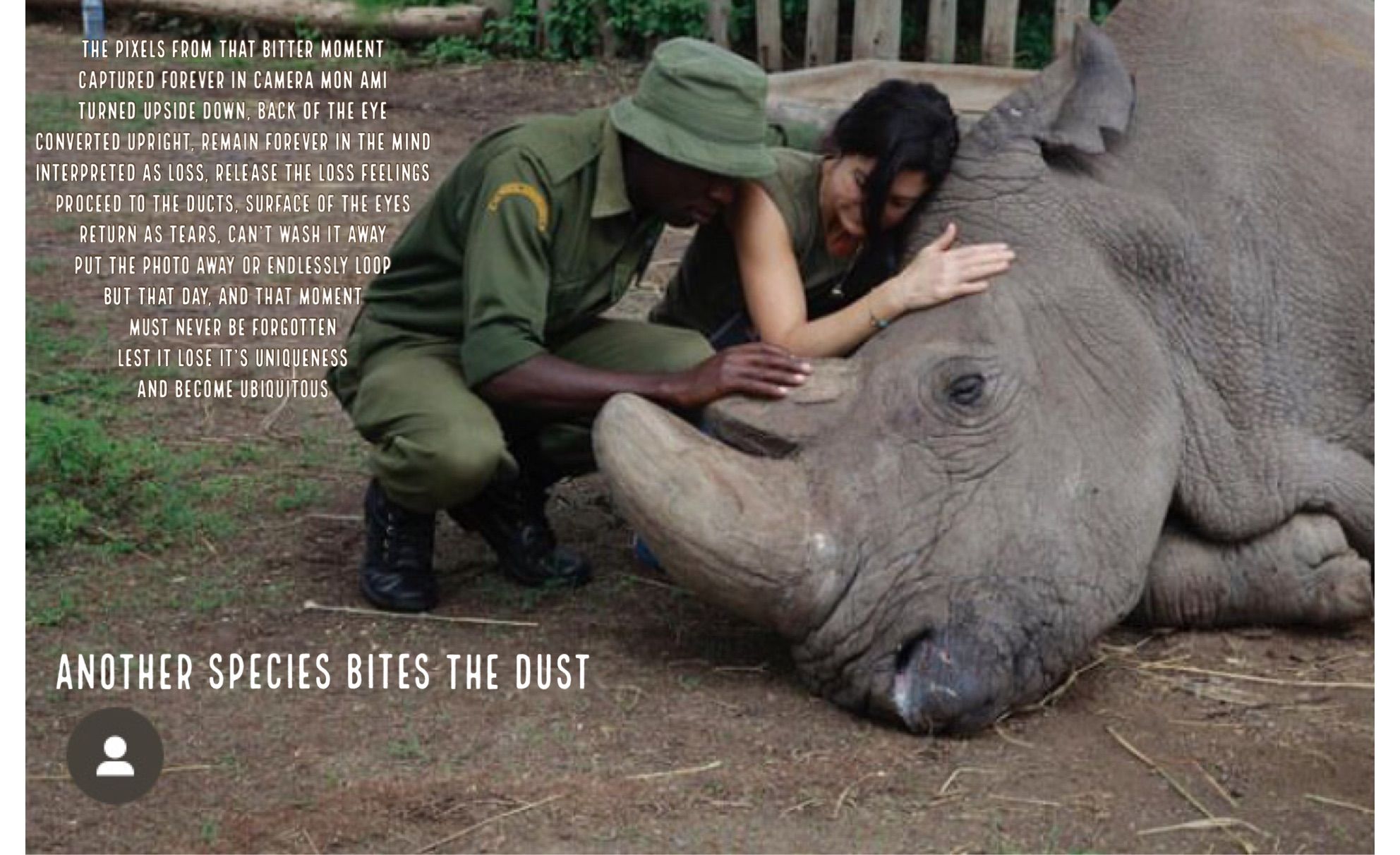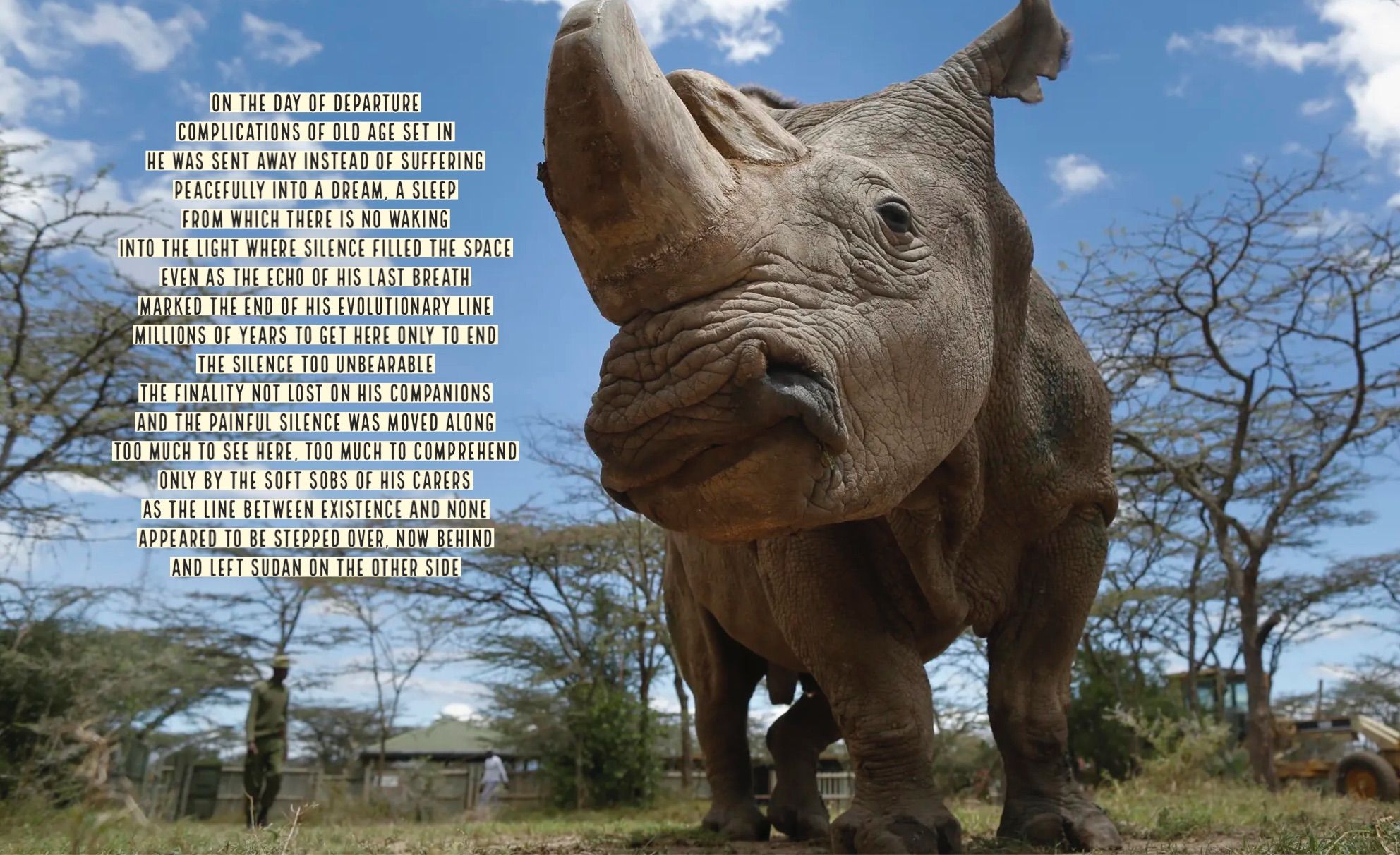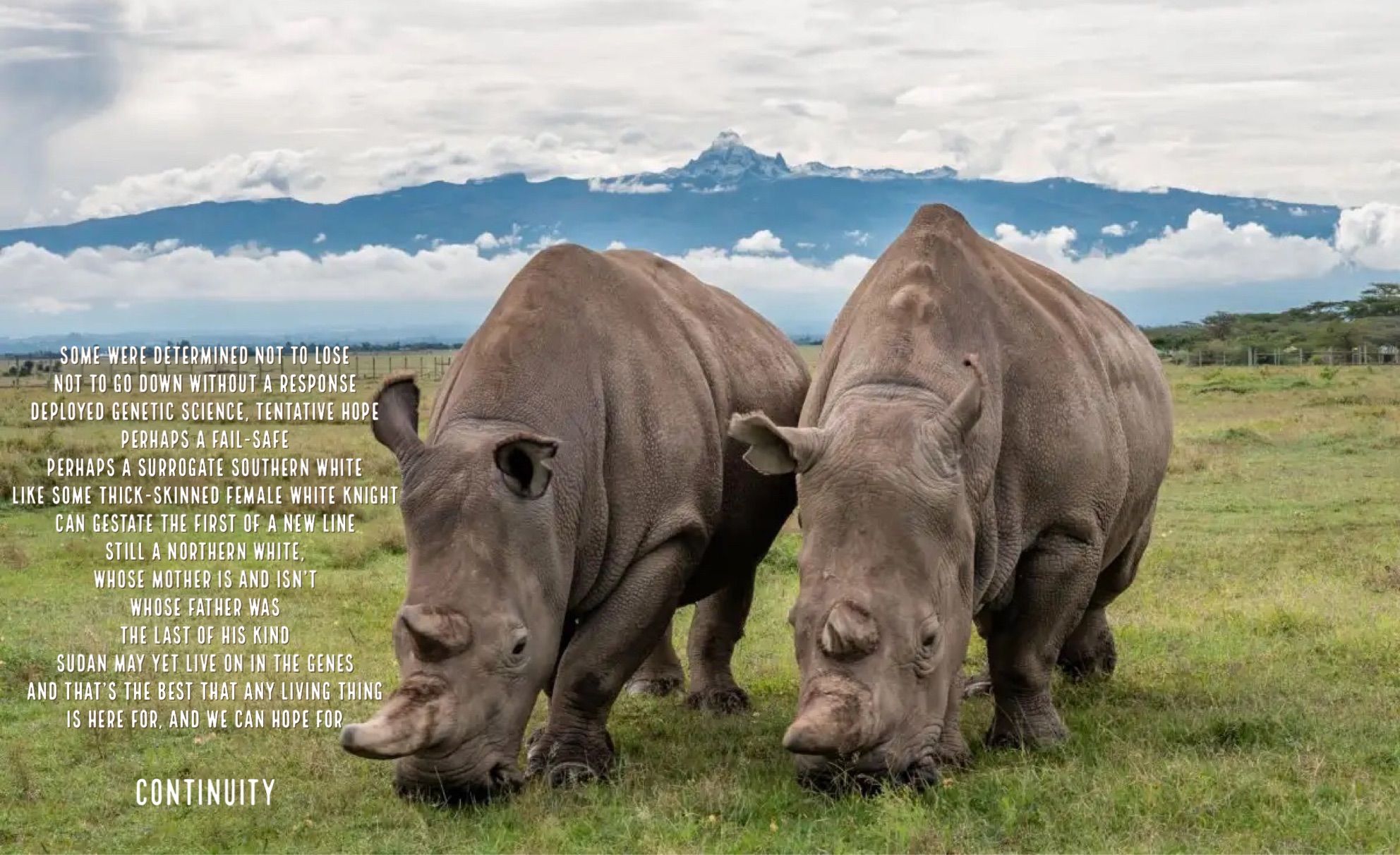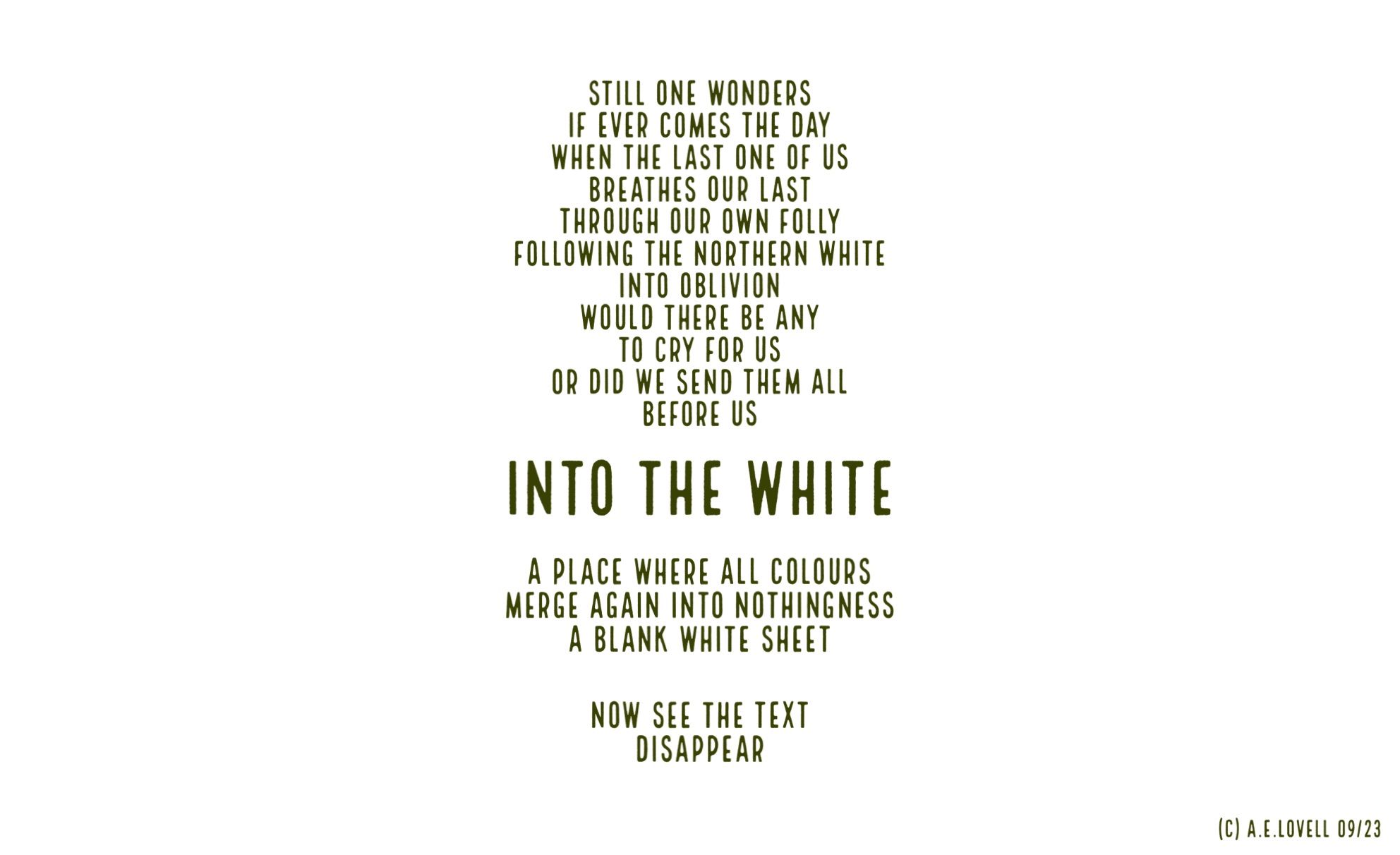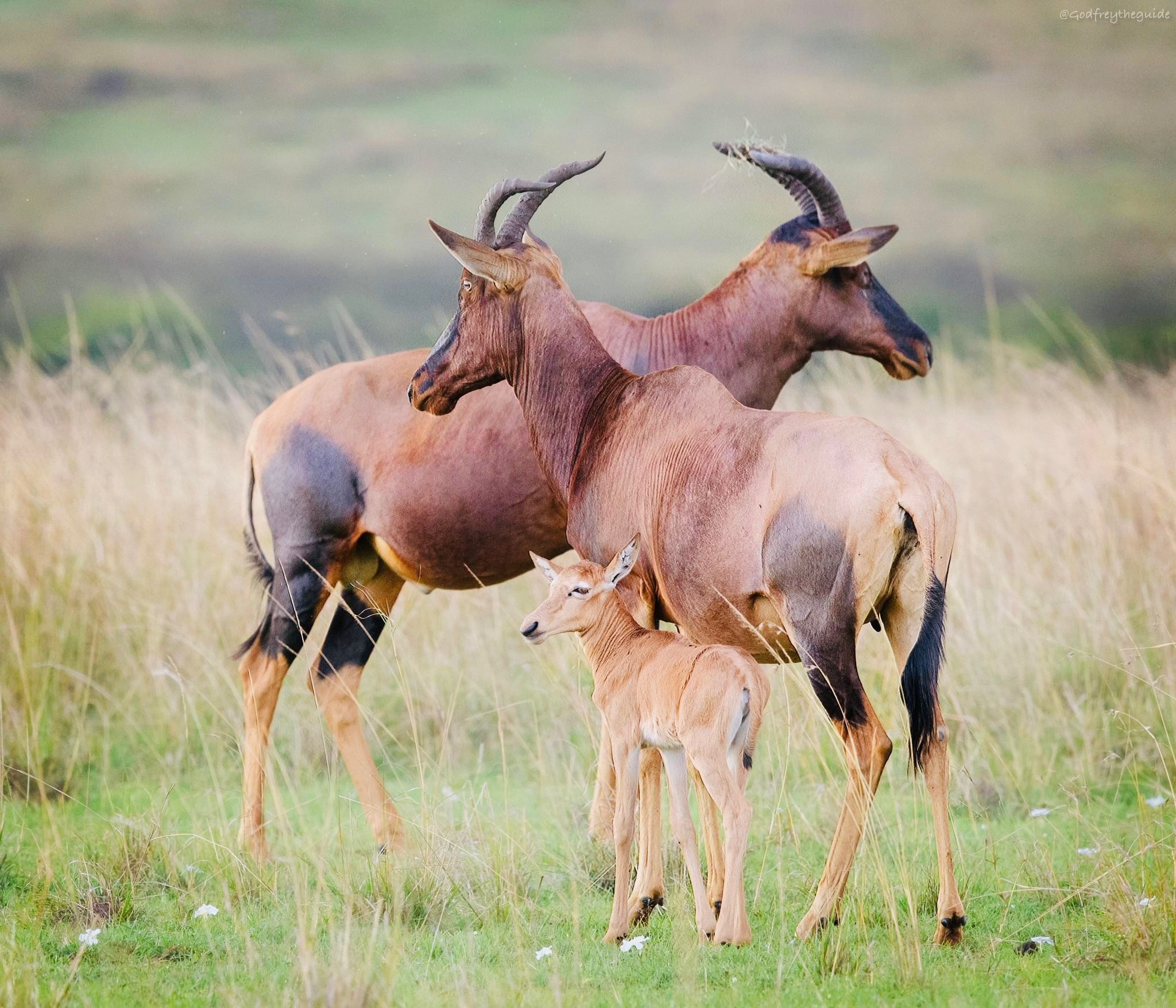 In Uganda, wildlife is protected by the Government on behalf of, and for the benefit of, the people of Uganda (The Uganda Wildlife Act, 2019). The Government of Uganda established Uganda Wildlife Authority (UWA) under the Uganda Wildlife Act, Cap 200 to manage wildlife in protected areas including National Parks, Wildlife Reserves, Community Wildlife Management Areas, Wildlife Sanctuaries among other areas following strict conservation procedures that limit or entirely exclude human activities. Wildlife is officially managed in gazetted protected areas such as Queen Elizabeth, Semuliki, Lake Mburo, Murchison Falls, Kibale, Mount Elgon, Mgahinga Gorilla, Rwenzori Mountains, Bwindi Impenetrable and Kidepo Valley. Wildlife that strays onto private land can be the impetus for conflicts between the government and private landowners when wildlife compete for resources with livestock or destroy crops on agricultural lands.
In Uganda, wildlife is protected by the Government on behalf of, and for the benefit of, the people of Uganda (The Uganda Wildlife Act, 2019). The Government of Uganda established Uganda Wildlife Authority (UWA) under the Uganda Wildlife Act, Cap 200 to manage wildlife in protected areas including National Parks, Wildlife Reserves, Community Wildlife Management Areas, Wildlife Sanctuaries among other areas following strict conservation procedures that limit or entirely exclude human activities. Wildlife is officially managed in gazetted protected areas such as Queen Elizabeth, Semuliki, Lake Mburo, Murchison Falls, Kibale, Mount Elgon, Mgahinga Gorilla, Rwenzori Mountains, Bwindi Impenetrable and Kidepo Valley. Wildlife that strays onto private land can be the impetus for conflicts between the government and private landowners when wildlife compete for resources with livestock or destroy crops on agricultural lands.
Although the Uganda Wildlife Authority has the mandate to manage wildlife outside the protected areas. it does not because it has no control over private lands. Private land and landowners have a right to use their land the way they wish (Ugandan Constitution, 1995). The National Land Use Policy, 2006 cites weakness of policy and legal mechanisms for wildlife conservation outside protected areas. Wildlife on private land is largely unprotected. Wait for the 2rd episode next week.
In this two-part series, read on to learn some interesting facts about the 10 most endangered animals in the world and how we, as a race, should be more cognizant of the plight of these beautiful creatures.
10. Gorillas
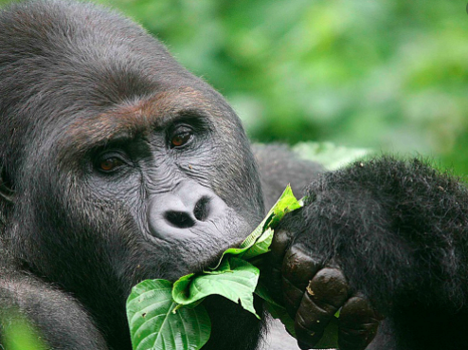
Gorillas share close to 97% of their DNA with humans! They are capable of feeling emotions and even behave like us sometimes – did you know they can laugh? There are two species, the Eastern Gorilla and the Western Gorilla, and they both have two subspecies. Three out of four are Critically Endangered on the International Union for Conservation of Nature (IUCN) Red List of Threatened Species. The only one that isn’t is the Mountain Gorilla, a subspecies of the Eastern Gorilla.
9. Rhinos
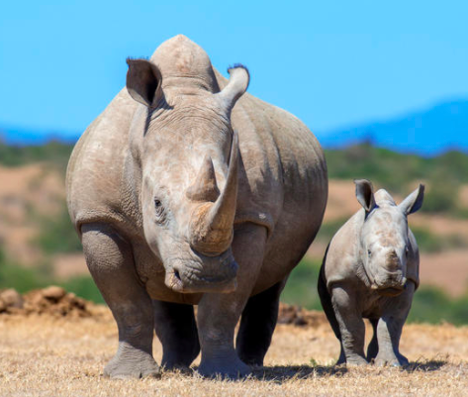
Rhinoceros comes from two Greek words Rhino and Ceros, which when translated into English mean nose horn. Human beings are almost entirely responsible for this beautiful creature nearing extinction. Poaching for their distinctive horns is their biggest threat. Three of the five species of rhinoceros are among the most endangered species in the world: the black rhino, Javan rhino and the Sumatran rhino. The Javan rhino is the closest to extinction with only about 50 left, of which most are in the Ujung Kulon National Park in Indonesia.
8. Sea Turtles
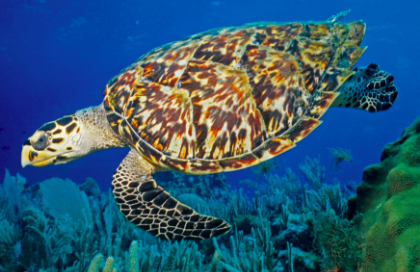
Hawksbill Turtles and Kemps Ridley Turtles are on the IUCN Red List of Threatened Species. Hunting is one of the biggest threats to sea turtles, with poachers targeting their eggs, shells, meat and skin. They are also at risk from habitat loss and pollution as well as climate change. Sand temperature determines the sex of hatchlings with eggs developing as females in warmer temperatures. That means even small temperature changes could skew the sex ratio of populations.
7. Saola
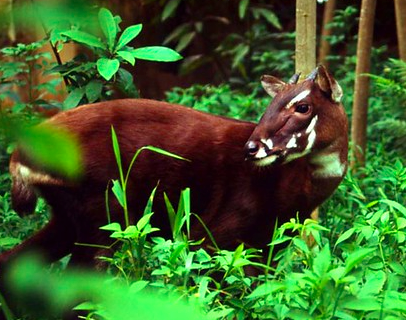
The Saola is one of the rarest large mammals on Earth. It was first discovered in 1992 in the Annamite Range in Vietnam. The Saola is elusive and so rarely seen it’s known as the Asian unicorn.
6. North Atlantic Right Whale
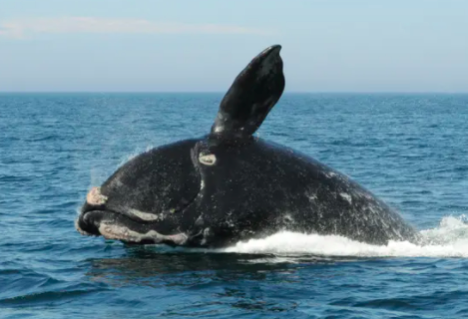
They are gentle giants that stay close to coasts and spend a lot of time at the surface skim feeding on zooplankton, all of which makes them an easy target for hunting. They were almost wiped out by hunters for their blubber and are now one of the most endangered large whales. They are now protected, and hunting is illegal, but population recovery is slow. They are only about 400 left, out of which, only 100 are breeding females. Females don’t breed for the first ten years of their life and then will give birth to a single calf every six to ten years. Vessel traffic also creates noise that interferes with their ability to communicate. Whales use sound to find mates, locate food and avoid predators, as well as to navigate and talk to each other.
Stay tuned for the Top 5 World’s Most Endangered Animal Species in the second part of the blog series. Can you guess which animals feature on the IUCN Critically Endangered List?
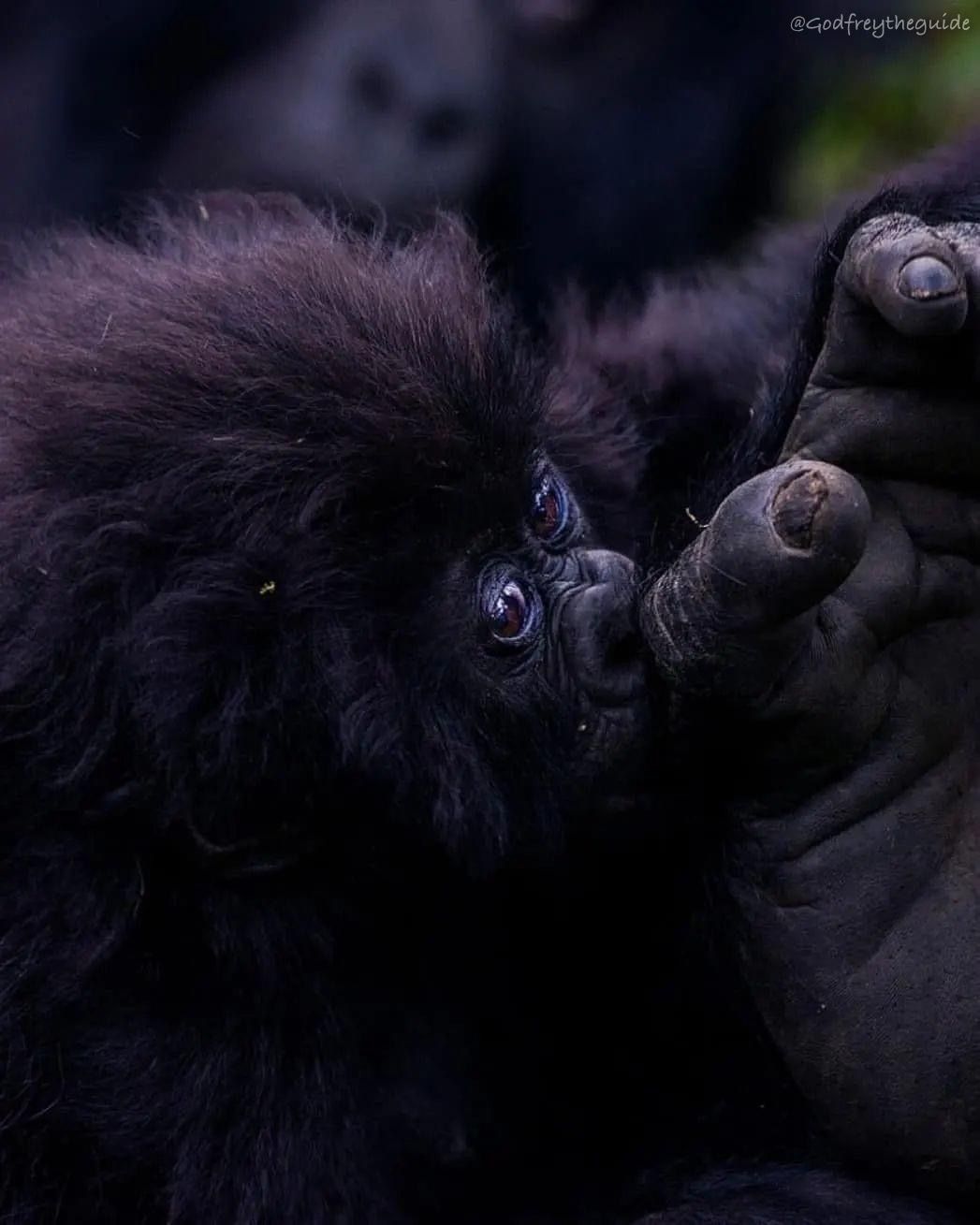 Wildlife conservation and related management matters are primarily considered a government level responsibility in Uganda. Species management happens through public agencies, which often ignore the role of private landowners for conserving species on their land. Not involving private landowners of private ranches, communal grazing lands and farms in the conservation of wildlife can partly be a driver of human-wildlife conflict and the ultimate decline of wildlife on unprotected lands. By involving private landowners in wildlife conservation matters, wildlife can be better protected when they are on private lands.
Wildlife conservation and related management matters are primarily considered a government level responsibility in Uganda. Species management happens through public agencies, which often ignore the role of private landowners for conserving species on their land. Not involving private landowners of private ranches, communal grazing lands and farms in the conservation of wildlife can partly be a driver of human-wildlife conflict and the ultimate decline of wildlife on unprotected lands. By involving private landowners in wildlife conservation matters, wildlife can be better protected when they are on private lands.
Studies in Uganda’s southwest for example show diverse wildlife on private lands as compared to protected lands (Guard, 1991; Averbeck, 2002; Rannestad et al., 2006). A study of dung counts in the tropical savanna ecosystems of Lake Mburo National Park (LMNP) and the adjacent ranchlands in Kiruhura District, Uganda revealed a greater diversity of wild mammals on ranchlands than in protected areas (Nyamukuru, 2019). The grasslands and woodlands inside and outside of the park contained a diversity of mammalian wildlife. The ranchlands had greater diversity and abundance of zebra Equus quagga, eland Taurotragus oryx, impala Aepyceros melampus, waterbuck Kobus ellipsiprymnus, African hare Lepus victoriae, Bush duiker Sylvicapra grimmia, Monkey Cercopithecus aethiops and Hyaena Crocuta crocuta. wait for the next episode two next week
THE MAWANA ELEPHANTS by Lion Expose - March 26, 2024
Mawane reserve, KwaZulu Natal, South Africa.
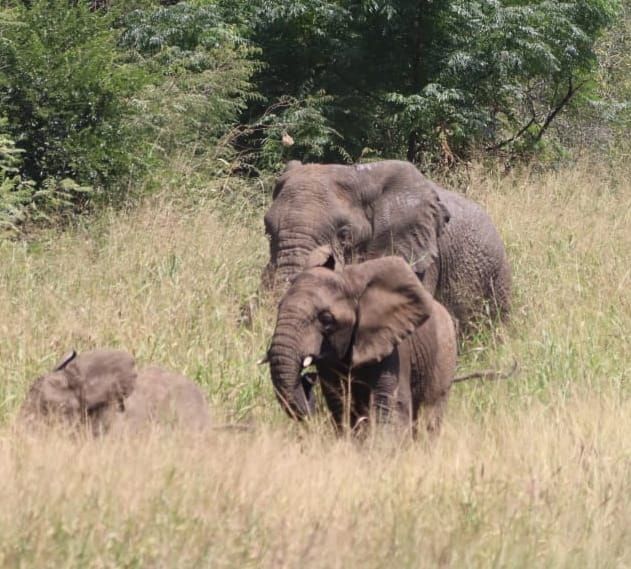
Good News, and sadness and sympathy...
After all we have been through trying to protect this persecuted
herd, prevent them from being culled, and mostly, get help to protect the
communities that live with them.
Extensive networking skills and an ever developing circle of
incredible humans in the specialised field of Elephant and Rhino, whether it be
translocations or educating on coexistence in our rural areas, has had some
real success..
The Good News
In a few short weeks LionExpose has received much support and
interest to try and assist the Mawana Elephants.
The first stages are being discussed and would see the collaring
of three Elephant bulls.
Between several people and two Global NPOS this seems to hold
real possibilities.
A next step will be more, but talks to the three communities
affected and with Farmer Sithole to start looking at the community fences and
where to start to protect their crops and cattle when the elephants come to
their farms as part of their Migratory route.
And later possibly a bee fence project which will be offered,
and again will need a sponsor, but this will attract researchers as there are
literally two PGRS in South Africa doing this and the Bee Fence Researchers
will love to come and study this project.
So we are hoping all goes to plan and that Mawana manage these
issues as they need to be working really hard to keep these Elephants safe in
their range and keep the communities safe and show them care, and be grateful
communities will be happy to try and exist with this wonderful herd and see how
we can make it sustainable.
Thanks go to EKZN for being patient and clearly communicating
with Mawana and thank you Sithole for being open to lots of communication in
this regard.
The sad news.

A young herder was badly injured last week fetching his cows, he
was gored by an elephant, he was really in trauma and is in hospital, and right
now he is doing better but has many months of recovery ahead - he was extremely
lucky to survive.
Mawanas people are visiting him in hospital tomorrow to show him
we will offer him support, and a fund will be started for him.
He will be supported all the way.
It must be noted that Mawanas Elephants have been facing extreme
danger of a cull since 2018 and are still in danger as long as all these issues
exist.
But elephant lovers keep watching and supporting how much work
it is to save elephants that live close to humans and to give them the peace
they deserve and, vitally, to keep our humans safe.
Update
The herd have wondered back into the "Red Area", close to where communities are situated. Tribal leaders are calling for them to be hunted down immediately!!
Second poem in the ‘Black and White, Wild and Wooly’ series for World Rhino Day - ‘Into the White’, Northern White Rhino (Ceratotherium simum cottoni).
This was a hard poem to write based on a hard image to see - Ami Vitale’s haunting image of the last goodbye to Sudan, the last male Northern White Rhino. The name of the poem came easily, but the rest resisted all attempts for maybe 18 months. A couple of weeks ago I made the upcoming World Rhino Day a deadline to finish and publish it as part of this series.
My commentary is in the poem. Here is Ami’s (from her Instagram account)…
‘Saying goodbye to Sudan was one of the hardest moments of my life. On that day in March, 2018, we were witnessing not just the death of this majestic creature and the functional extinction of a subspecies, but also watching our own demise. We need to start recognising that our fate is linked to the fate of animals. Without Rhinos and all wildlife, we will suffer more than the loss of ecosystem health. We will suffer a loss of our own imagination, a loss of wonder, a loss of beautiful possibilities. I hope that this moment will mark a moment when humanity recognises how interconnected we all really are.’
Efforts are underway to rescue the species through genetic science, and several embryos have been achieved, with a view to one day finding a surrogate Southern White Rhino to re-establish the Northern White subspecies. If it does not succeed, there are only the two ageing daughters of Sudan still alive - Naijin and Fatu, being cared for and guarded by Ol Pejeta - functionally extinct and awaiting the inevitable.
Ami has made a film about Sudan - find details and the story of ‘The Last Goodbye’ on her website
#intothewhitepoem
#NorthernWhiteRhino #functionallyextinct
